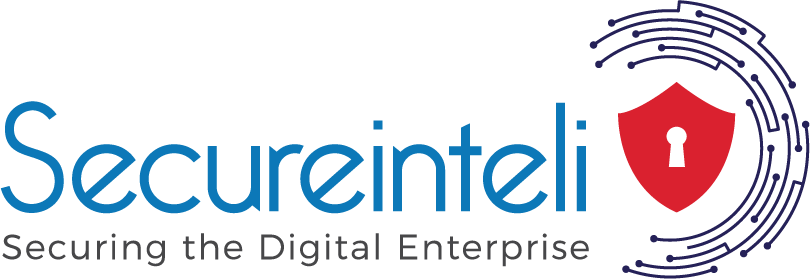Ensuring High Availability in any SIEM through Kubernetes
Venkatesh Panchariya
Lead Cloud and SIEM Engineer
- January 23, 2024
- 7:25 pm
- No Comments
In the ever-evolving landscape of cybersecurity, achieving High Availability (HA) is paramount for the continuous operation of Security Information and Event Management (SIEM) systems. To accomplish this seamlessly, a robust DevOps strategy is essential. Here’s a concise plan, based on practical experiences, outlining steps and best practices for incorporating DevOps principles into the workflow.
Introduction
Ensuring High Availability in cybersecurity is a constant challenge, given the dynamic nature of cyber threats. This DevOps plan confronts these challenges directly, offering a roadmap to establish robust security through Kubernetes orchestration of any powerful SIEM.
Version Control and Source Code Analysis
GitHub serves as the central code repository, with a tailored dedicated branch for each client hosting the latest production code. Routine source code analysis, facilitated by tools like SonarQube, ensures high code quality and identifies potential vulnerabilities.
Demo and Development Environment
Establishing a unified demo and development environment closely resembling production ensures consistent and accurate testing. This standardized environment minimizes surprises during deployment, providing a reliable foundation for development and testing efforts.
Docker
Post-testing, Docker images of instances to encapsulate necessary environments and to ensure a consistent deployment environment for clients.
These images include client-specific configurations, ensuring a tailor-made solution for each deployment. These images and then pushed to Docker Hub for seamless deployment in production, eliminating last-minute surprises and guaranteeing a smooth transition from testing to production.
Unintended Errors
Implement a stringent code review process using GitHub’s pull request feature. This ensures changes undergo scrutiny by team members before merging into the production branch, reducing the risk of inadvertent mistakes causing significant issues.
Orchestration and Monitoring
Leveraging Kubernetes for efficient orchestration and scaling of applications. For monitoring, Prometheus for collecting metrics and Grafana for visualization can be used. These tools provide valuable insights to the Security Operations Center (SOC), enhancing incident response capabilities.
Code Installation
When onboarding a new client, always deploy from the production/master branch of the GitHub repository as this guarantees the use of the tested and approved version consistently.
Keep the GitHub repository updated with SIEM’s version releases as necessary.
Implementation Steps
1. GitHub and Jenkins Integration
- Establish a GitHub repository for version control.
- Set up Jenkins on a dedicated VM with essential plugins for seamless integration.
2. Pipeline Configuration
- Create a Jenkins pipeline for synchronized workflows between GitHub, Docker, Docker Hub, and SonarQube
3. Other Use Cases:–
- Implementing per-build backups for testing.
- Use Persistent Volumes (PV) or Persistent Volume Claims (PVC) for data retention.
- Integrate GitHub with Jenkins for private repository access.
- Utilize a configuration management tool like Ansible for bulk installation.
Conclusion
By following this concise DevOps plan, you can streamline operations, enhance HA using Kubernetes, and effectively manage SIEM instances. This approach not only ensures a resilient and secure cybersecurity infrastructure but also facilitates efficient communication of key strategies and practices. As we implement these changes, we anticipate improved response times, reduced downtime, and an overall enhancement in our cybersecurity posture.
